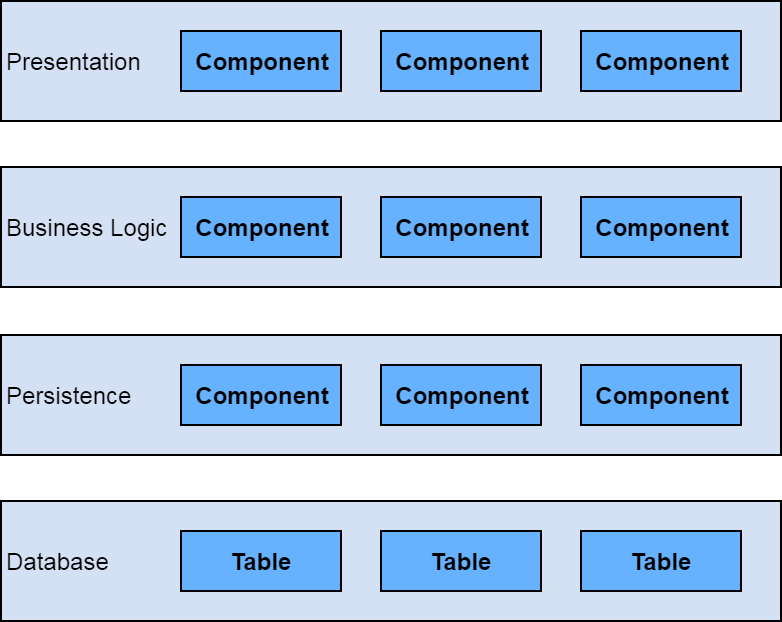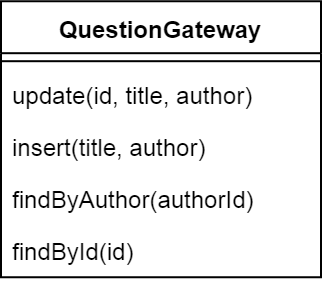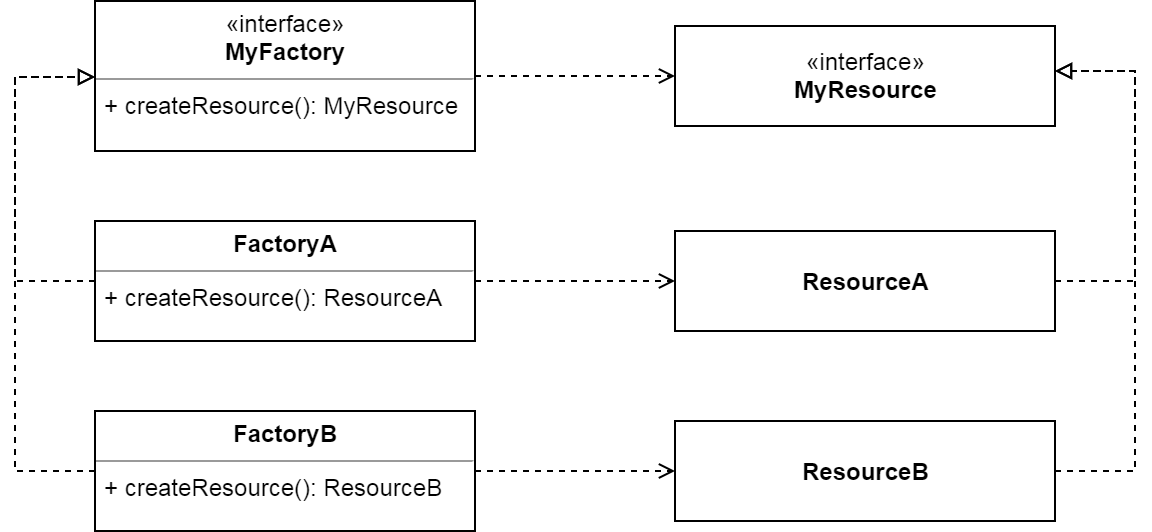Software design
Assignment 1 Theory
Why do we need a database?
Alternatives
We could in theory skip the whole database part and, by ourselves:
- Store the data directly in memory
- Store the data on the file system
In reality, databases already do that: they either have to store data in memory or on the file system.
CHALLENGES
- What if we want to group changes together such that they either all fail or all succeed?
- What if we insert some data that is invalid?
- What if two changes are made simultaneously to the same piece of data?
- What if the server running our application loses power?
ACID
That's one of the reasons why we use databases: they already handle those problems for us.
Every database should ensure the following four properties for its transactions:
- Atomicity
- Consistency
- Isolation
- Durability
Other reasons
- It is easier to consume the data if we eventually build more applications on top of the same data set.
- We can do various operations with existing tooling:
- Automated backup and recovery,
- Reporting,
- Scaling and / or distribution.
- Separate concerns: storing data is a concern each application will have. The technical realization of concern is mostly business independent, so it makes sense to move this to a separate component which only tackles this concern.
Layered Architecture
Goals
Separate concerns as well as possible.
Allow the replacement of some parts (display technology, database, etc) without affecting the whole system.
Overview
Components within the layered architecture pattern are organized into horizontal layers, each layer performing a specific role within the application (e.g., presentation or business logic).

Dependency Flow direction
Dependencies should only flow from the upper layers to lower levels.

Dependencies skipping layers
Dependencies should only exist between adjacent layers.

Data source patterns
Table data gateway
Not really used anymore in its original form, where the gateway receives primitive types as input.
An object that acts as a Gateway to a database table. One instance handles all the rows in the table.

Data mapper
Probably the most viable of the four patterns.
A layer of Mappers that moves data between objects and a database while keeping them independent of each other and the mapper itself.

Database Access Object (DAO)
Typically, data is stored nowadays in specialized plain classes (which only have fields, constructors, getters, setters) = "POJO".
To persist the instances of these classes, a (usually singleton per table) DAO is used. The DAO is an improved version of the Data Mapper and the Table Data Gateway patterns.

Repository
An even higher abstraction is a repository, which exposes a collection-like interface for manipulating entities.
A repository may work with multiple tables (for example a parent table and more child tables) and may use underneath one or more DAOs.
Domain logic patterns
Service Layer
Defines an application's boundary with a layer of services that establishes a set of available operations and coordinates the application's response in each operation.
This fits perfectly with the layered architecture approach: we will define a layer which contains only "services" encapsulating the business logic.
Transaction script vs table module
Transaction script bundles all the logic for a business transaction within a single class.
Table module encapsulates all the logic related to a given database table in a single class.
Translated into "services":
- Transaction script: "service per operation".
- Table module: "service per entity".
Abstract factory
Purpose
It is a creational design pattern in which object creation is delegated to a specialized factory. It allows to easily switch between the concrete implementation of the objects instantiated.

Pitfalls
- Do not depend on a concrete implementation of the factory! Instead, you should always use the interface.
- Do not depend on a concrete implementation of the resource!
- Avoid adding methods to the resource interface which are specifically targeting a specific concrete implementation.